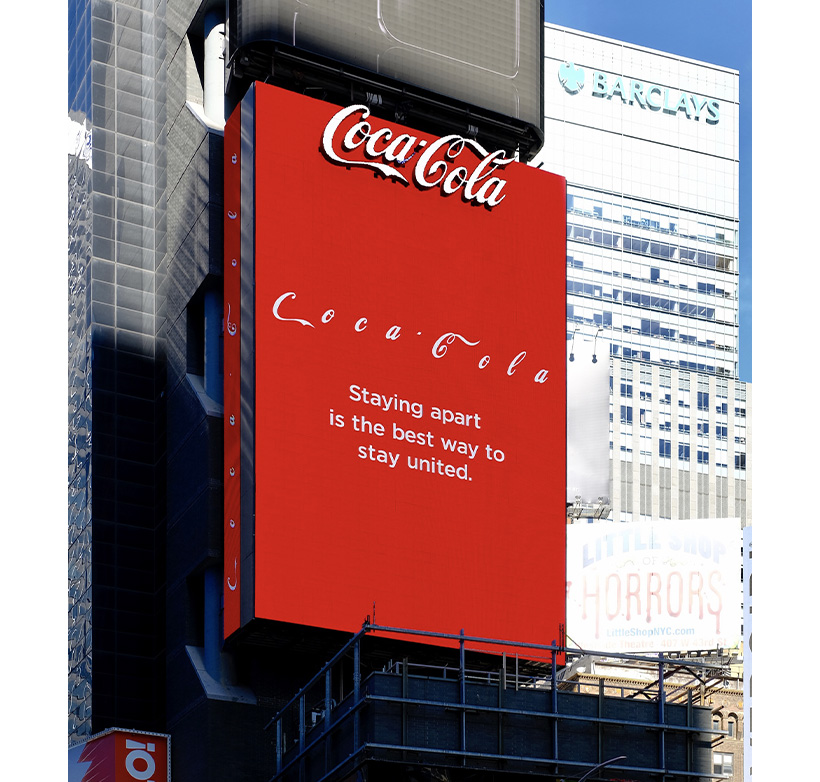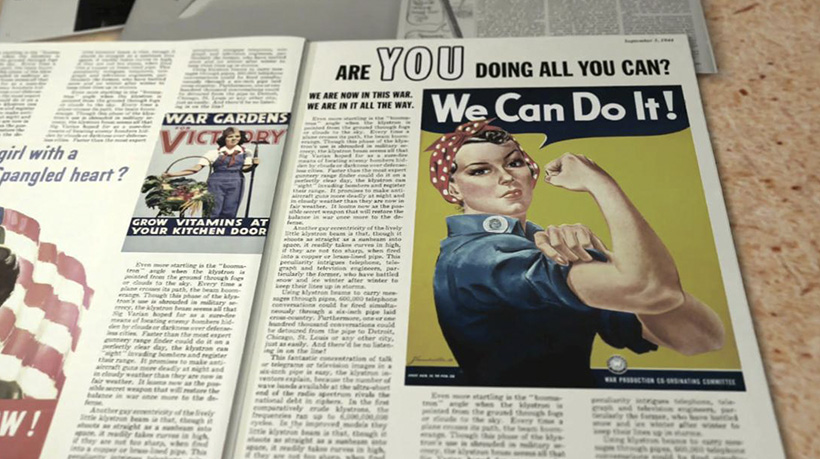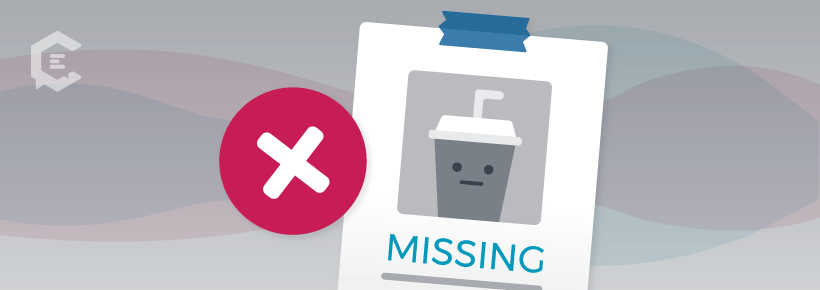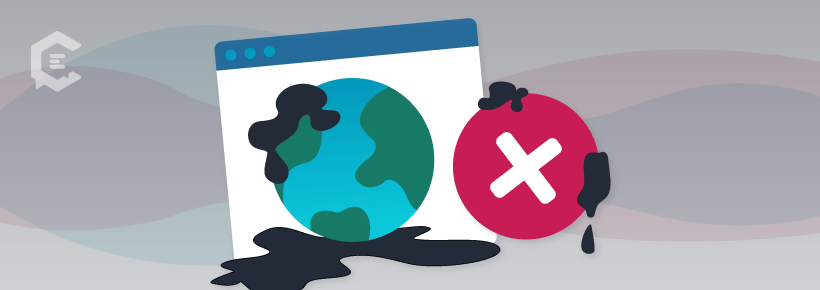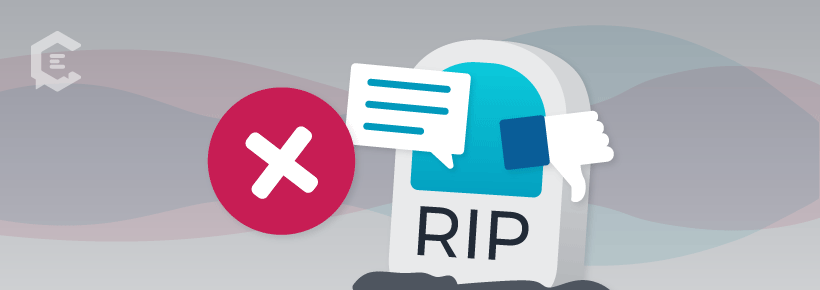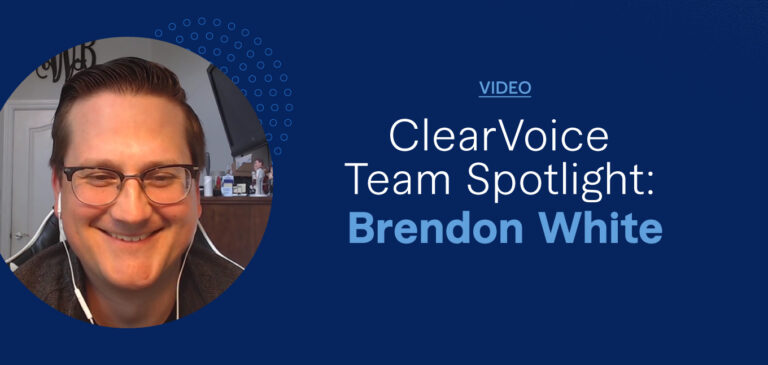When the world is dealing with the aftermath of a natural disaster, a domestic terrorist attack, or a global pandemic, there are times when brands need to hit the ‘pause’ button on their marketing efforts. To read the room — and read it right — to not look self-serving, creepy, or opportunistic. If they nail it, it’s a beautiful thing. If they shank it to the left, the results could be disastrous.
Predictably, there have been many who have risen to the challenge in tough times to deliver a positive brand message that hits home, lifts the people up, and provides the fuel necessary to persevere.
Sometimes it’s as simple as putting a symbol out there, like McDonald’s Brazil rejiggering its iconic logo and separating its Golden Arches to remind people of their role at a time of social distancing. Or tapping into an impressive roster of athlete influencers to lead the charge encouraging inside play, as Nike did.
By the same token, there have also been brands that were tone-deaf in times of strife, launching cringe-worthy campaigns, poorly timed promotions, and even shameful publicity stunts. Lucky for them, we won’t be naming who they are, but we will be describing situations that led certain companies into hot water so that you — the freelance content creators and marketers of the world — can avoid venturing down similar pathways. For you, there are also published guidelines for how to proceed thanks to companies such as Cision, a PR firm that served this up: “Best Practices for Brand Communications in Times of Uncertainty.”
Marketing during a crisis is a delicate dance. Let’s learn from those who did it right and avoid the pitfalls of those who didn’t.
5 Fearless Brands That Excelled at Marketing During a Crisis
1. Budweiser’s response to the 9/11 terrorist attacks
The crisis: September 11, 2001
The campaign: Budweiser’s ‘Respect 9/11’ Tribute Ad (2002)
What we learned
When you’re dealing with a country’s raw emotions, such as the months following the September 11 terrorist attacks, it’s an uber-sensitive time, and the last thing you want to be perceived as doing is trying to profit off a national tragedy. Amazingly, Budweiser struck the right chord with an incredible 60-second spot that ran once — and only once — during the 2002 Super Bowl.
Why it worked — and still works
The spot serves as a touching tribute at a time when our resolve was being tested as a nation, not unlike the time of COVID-19. It still gives me chills, in fact, especially at the end when all the Clydesdales nod their heads to the Statue of Liberty. In fact, Budweiser was the only company to receive permission to film in the New York City airspace at the time. Directed by Zack Snyder, it understood the tone and tenor of the country and didn’t overstep by trying to sell beer. Rather, it chose to connect with America.
Had they tried to sell beer, it might’ve landed them in the bottom half of this article.
2. Coca-Cola during the coronavirus pandemic
Source: Campaign
The crisis: Coronavirus (aka COVID-19)
The campaign: Billboard in Times Square (2020)
What we learned
Sometimes the best reminder of what we need to do in trying times is erect a big, bright billboard in Times Square (aka the place where people gather shoulder-to-shoulder every New Year’s Eve) to stress the importance of personal space. This isn’t an ad so much as a public service (okay, maybe it’s a little bit of an ad), but it comes off laudable versus exploitative at a time when people need to be cognizant of the country’s greater health, a topic of paramount concern.
Why it worked
A big red (read=emergency) billboard catches the eye of everyone in person and on social media. The spaced-out letters (the kerning) in the logo speak to the aforementioned importance of social distancing. And then there’s always the power of a good line to pull it all together: “Staying apart is the best way to stay united.”
This launched at a time when the Coca-Cola Foundation announced grants to support the coronavirus crisis in China, Italy, Canada, and the U.S., surpassing $20 million.
3. Westinghouse Electric Corporation changed public perception of women in the workplace
Source: History.com
The crisis: World War II
The transformative ad: Rosie the Riveter
Why it was impactful
The best ads during a crisis don’t sell something, but they do make us think and change public perception (if not the reality). In this regard, the illustration of Rosie the Riveter from Pittsburgh artist J. Howard Miller won on both counts, standing out as perhaps the most iconic image during WWII.
It originally appeared as a poster for Westinghouse Electric Corporation under the headline “We Can Do It!” It called out to women to participate in the war effort while our military fought overseas and fueled a rise in the female workforce from 27 percent to 37 percent.
About its importance, History.com concludes, “The impact of World War II on women changed the workplace forever, and women’s roles continued to expand in the postwar era.”
4. Ford Motor Co. offers a helping hand during the coronavirus pandemic
The crisis: Coronavirus (aka COVID-19)
The campaign: “Built to Lend a Hand” and “Built for Right Now”
Why it’s important
You have to hand it to Ford. When it comes to relieving economic pain for its customers and helping out others, they are often a first responder in times of strife. Here are two timely spots that quickly replaced their ad buys in rotation during COVID-19. Early on in the crisis, they also took steps to offer payment relief to some new and existing customers through their financing arm.
They also contributed money to support food programs for kids no longer in school and offered support to the United Negro College fund to help cash-strapped students deal with the sudden closures of their college universities. This is in addition to joining talks (as of this writing) to kick into the efforts to build ventilators and medical equipment to help the cause.
Why this works
These two spots created by “Built to Lend a Hand” and “Built for Right Now” (created by Wieden+Kennedy New York) help propel Ford to the front of the discussion around which brands are helping out in this particular time of crisis. The tone of these is right, reminding America that Ford isn’t just ready to help now — but has also done so before during natural disasters and the Great Recession. This is one of those times when a track record can matter by winning credibility and earned media for a big brand.
5. Nike takes a stand on racial injustice
Source: Wieden + Kennedy
The crisis: Racial injustice, an ongoing crisis in the U.S.
The campaign: “Dream Crazy” Colin Kaepernick Ad for Nike
What we learned
This last example doesn’t spawn from a natural disaster or global health crisis per se, but it’s tied to a crisis nonetheless that has plagued America since its roots: racial discrimination. Colin Kaepernick, an NFL quarterback who effectively ended his career by taking a stand while kneeling, was the centerpiece of this controversial campaign for “Dream Crazy” campaign for Nike.
As time passes, Kaepernick’s personal connection to this ad may fade — but history will remember Kaepernick as the QB no NFL franchise would take a chance on because he shone a light on racial injustice in the U.S. And Nike cemented that with this ad.
Why it worked
On the heels of countless/needless police shootings of unarmed African Americans, Nike and Kaepernick reminded people that we should all “Believe in something. Even if it means sacrificing everything.” Using inspiring footage and a smart, seductive script, this two-minute video spoke powerfully to everyone — no matter who you are or where you reside on the political spectrum.
An Honorable mention Goes to… Freelancers!
The people who took the COVID-19 crisis into their own hands to deliver creative messaging to the masses. First, there’s this inspired effort about Guinness by Irish copywriter Luke O’Reilly that trended on St. Patty’s Day in 2020. It wasn’t supported by the brand, but it was seen millions of times.
Another noteworthy creative exercise at a time of crisis? These re-imagined brand logos from Slovenia-based creative director Jure Tovrljan, who tapped into his own creativity to deliver an effort that got viewed hundreds of thousands of times across the globe.
5 Times Brands Miscalculated Their Marketing Efforts at a Time of Crisis
Before we get into these examples, we’d like to point out that this is not about singling out companies and brands for doing bad things. It’s more for you to learn from cautionary tales — accidental or intended — so your brand can avoid making the same mistakes.
Here are the lessons to be learned from brands that got it wrong.
1. A drink mascot curiously goes missing — during the coronavirus
Not gonna say the name, but there was a company that launched a promotion where their mascot went curiously MIA right about the time the coronavirus caused the world to disappear from the streets. Was this an attempt to capitalize on the sudden disappearance of people from the physical world? No. Was it a case of a poorly timed promotion during a thirsty spring break period that could’ve been put off and just so happened to unceremoniously bump up against a global health crisis? Yes.
Expert tip: J Barbush, co-founder of Cast Iron LA, a creative marketing agency with socially responsible values, calls the timing of the promotion a bit sloppy. To counteract a situation like this, Barbush would advise marketers to do a more thorough analysis:
“Read the room, and evaluate on a daily basis. We’ve killed seven pieces of work we absolutely loved because they didn’t play well in the current climate. It kinda broke my heart, but it had to be done. Everything needs to be rethought.”
2. Tone-deaf ads on 9/11 have become a cringe-worthy annual ritual
Every year, on the anniversary of the worst terrorist attack on U.S. soil, a group of advertisers (big and small) tries to capitalize on patriotism to either push their social content calendar forward or, worse, launch a promotion. All sorts of social posts go out annually, generating mass cringe. “Remembering those who lost their lives on September 11, 2011. 40% OFF END OF SUMMER CLEARANCE” and “In remembrance of 9/11, we will be doing a patriotic special drink! 15% off Vanilla Blasts if you want it dyed red.”
“Dyed red.” Not a typo. Cue the chorus of disbelief and collective outrage in the comments section.
Expert tip: Don’t be one of these brands. The best way to avoid this is to consult a PR expert or content strategy expert. Or at least just run it up the flagpole in-house for a second opinion, protecting yourself via the feedback loop. Bad things can happen when you work in a bubble. I was once CD on a campaign that addressed this topic. It was called “Shoulda Used SurveyMonkey.”
3. When it comes to the climate crisis, it’s a slippery slope
About 10 years ago, a certain oil manufacturer made a misjudgment by launching a social media campaign that challenged people to create captions for photos involving the world’s cold-weather animals from the Arctic. Polar bears, whales, birds, etc. Unfortunately, the site was a hit — just not the way they planned it — causing a backlash on social where thousands of followers and environmental non-profits began creating negative ads with them to highlight perceived hypocrisies. Lesson learned.
Expert tip: There are certain topics you just need to stay away from as an advertiser. They are verboten, and any attempt to go near them is seen as disingenuous to your brand at best and conjures up a serious ‘ick’ factor at worst. In this case, an oil company learned that, during a climate crisis, trying to look one way when a population of people feels another… is a slippery slope.
4. There’s never been a worse time to fly — particularly, this email
There’s this thing that happens in the world of content planning that is actually quite beautiful. Content can be created in advance and flighted according to a content calendar. It allows you to plan in advance and makes everyone’s job easier. Except when everyone’s hiding out at home, and an international travel ban takes effect.
In this case, one particular airline had the “set it and forget it” philosophy cause problems when someone forgot to hit the pause button after coronavirus landed. The email’s upbeat subject line? “Never A Better Time to Fly.” Unfortunately for the world, that couldn’t have been less true at that moment.
Expert tip: Reevaluate all your existing marketing immediately at a time of crisis and make sure anything that’s automated to go out is re-approved. The world changes profoundly when something like a pandemic occurs. Your strategy may need to as well. “We’re creating on eggshells in our corporate responses and ads,” continues Barbush of Cast Iron LA’s approach in uncharted times. “Everything takes on a new meaning. We’re being very methodical at looking at things with new eyes.”
5. A social media post from a dead celebrity is never a good idea
In the realm of set-and-forget-it mistakes, there was that time when a tech manufacturer’s social media team sent out a sponsored Facebook post from a celebrity’s handle, touting the benefits of her new smart device. The only problem was that she actually passed away the week before — rendering her sheer joy of using the product, shall we say, lacking credibility.
Expert tip: If you’re a social media manager, you deserve to take some time off once you’ve set your schedule. But one major prerequisite of the role is to stay on top of the news cycle. When tragedy strikes (as in when a celebrity you have a deal with dies), you’ve got to take inventory and note you’ve got a contract with them.
